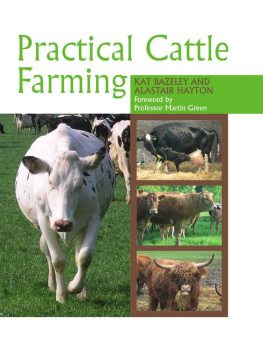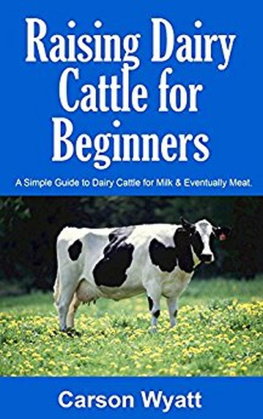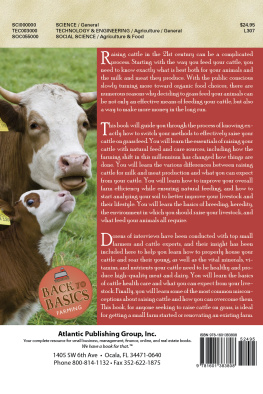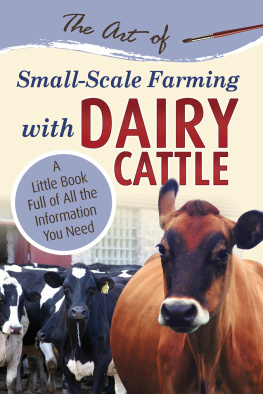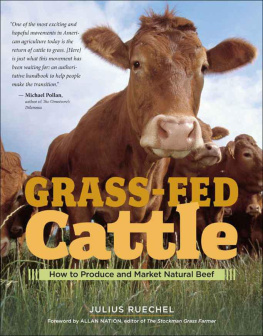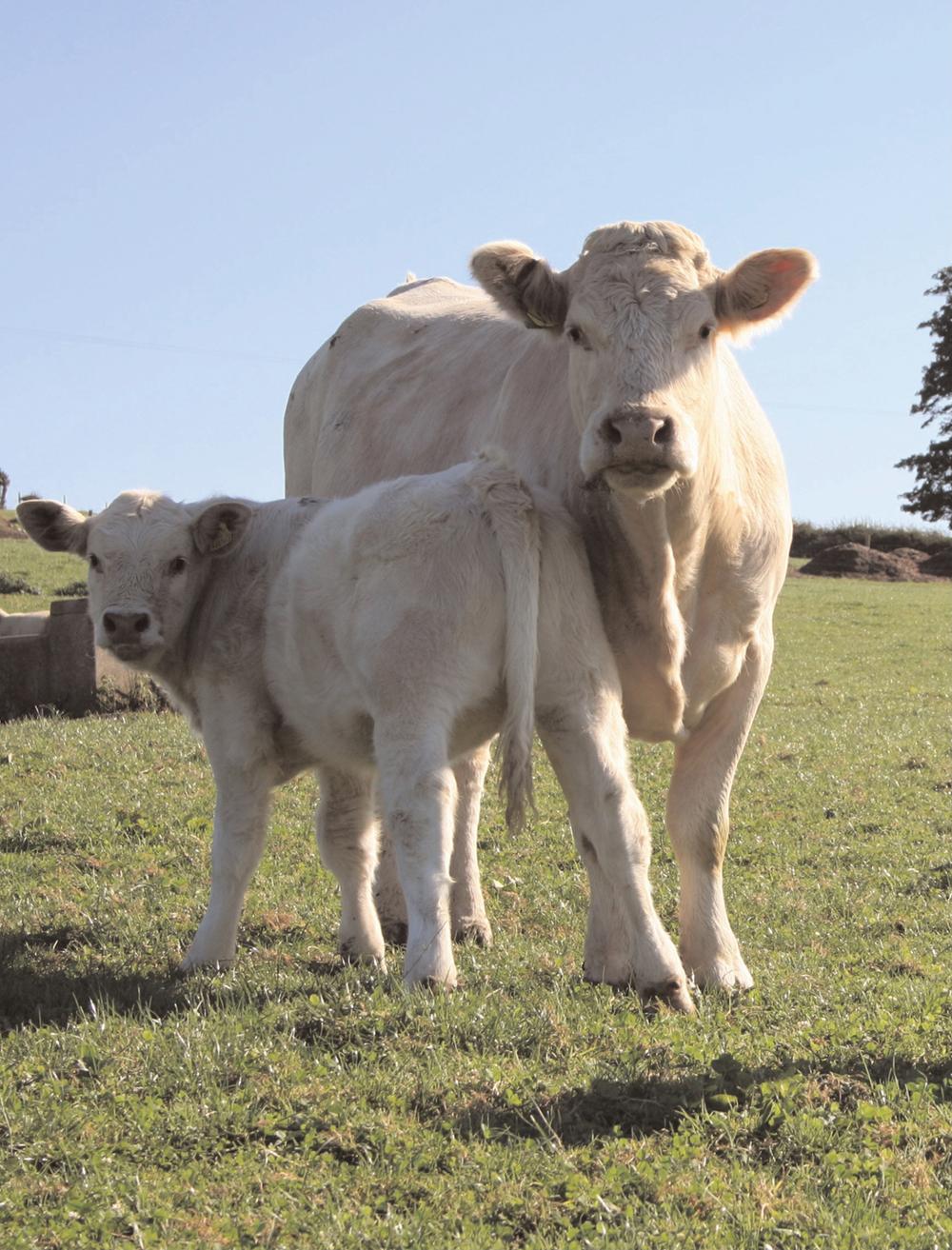First published in 2007 by
The Crowood Press Ltd
Ramsbury, Marlborough
Wiltshire SN8 2HR
www.crowood.com
This e-book first published in 2013
Alastair Hayton and Kat Bazeley 2007
All rights reserved. No part of this publication may be reproduced or transmitted in any form or by any means, electronic or mechanical, including photocopy, recording, or any information storage and retrieval system, without permission in writing from the publishers.
British Library Cataloguing-in-Publication Data
A catalogue record for this book is available from the British Library.
ISBN 978 184797 585 0
Acknowledgements
The most important contributors to this book were the many farmers and stock-keepers especially the clients of the Kingfisher Veterinary Practice and the Farm Animal Practice of the University of Bristol Veterinary School who willingly shared their ideas, experience, and enthusiasm. We are immensely grateful to you all. We much appreciate the constructive advice and comments on earlier drafts of the text provided by Kathy Anzuino, Colin Penny, Prof. Patrick Hoffman, David Barrett, James Husband, Richard Vecqueray, Mike Bray, Ian Powell, Prof. Jon Huxley, Dr Mike Kelly, Stuart Bacon, and the Milk Development Council. We thank the MDC also for their kind permission to use material from their Grass+ programme. We are extremely grateful to Prof. Martin Green for kindly agreeing to write a foreword. Likewise we should like to thank Peter (Slasher) Bazeley and Prof. Gareth Thomas for their enormous efforts in proofreading and large expenditure on red ink.
Sam Bazeley took many of the photographs for us and deserves special thanks, as do the other contributors of photographs: Richard Vecqueray, Ulrike Wood, Lauren Woolley, and the Kingfisher Veterinary Practice. Finally, many thanks from Alastair to Rachel and their children for putting up with yet another little project, and from Kat to her family for their support.
Credits
All photographs by Alastair Hayton, Sam Bazeley and Kat Bazeley, except where stated otherwise.
Line-drawings by Keith Field and Kat Bazeley.
Edited and designed by
OutHouse!
Shalbourne, Marlborough
Wiltshire SN8 3QJ
It is my pleasure to write the foreword for this excellent book. As you would expect from their wealth of experience, the authors Kat Bazeley and Alastair Hayton provide a clear, concise narrative of the fundamental aspects of looking after cattle. Cattle farmers have had to respond to many changes in the last two decades, the result being that many aspects of their work and industry have changed dramatically . This book details these important changes and, in light of them, provides an up-to date view on current best practice for cattle husbandry. The book supplies a practical foundation of knowledge, from basic and essential concepts such as housing systems, to more complex areas, such as the process of an immune response.
The book is comprehensive and well constructed , beginning with an overview of current dairy and beef farming systems, before moving through the major components of cattle husbandry. A particular strength of the book is its focus on current farming circumstances the opportunities they provide and the constraints they impose. Furthermore, the authors stress the importance of maintaining and improving cattle health and welfare, whilst achieving economically viable production an essential strategy for cattle farming of today and tomorrow.
We live in a time when the general public are largely divorced from farming and farming methods. Fewer and fewer people have any direct involvement with livestock or any understanding of modern farming practices and circumstances. On the other hand, farmers can lose touch with public opinion and the public mood and therefore become separated from their ultimate market . Such a divide tends to create uncertainty , even suspicion, and books, such as this, that bridge the divide are very welcome . The book will be of great value to those with the intention of entering the cattle industry, student or apprentice, and to the interested observer who wishes to gain an understanding of cattle farming. It also provides useful reminders for those of us currently working with beef and dairy cows. I wholeheartedly commend this book.
Professor Martin Green, 2007
This book has been written in response to changes in the cattle industry over the last twenty years. Liberalization of international trade has opened up marketing opportunities but has also increased global competition, which, together with loss of government subsidy for farming, has led to reduced profit margins. Cattle farmers have responded by increasing production levels and efficiency of production; this has been achieved by drawing on the information provided by scientific research, particularly in the fields of nutrition and disease control.
At the same time, consumers have become more discerning about the quality of the food they buy, demanding (not unreasonably) that it is safe and free from additives and, increasingly , that farming methods are welfare-friendly . There is also a requirement to ensure sustainable land use and environmental benefits . Farmers must look for ways to meet these disparate targets if they are to be successful.
The answers are not all contained here, but the book provides practical guidance on how to manage cattle well within the context of these various challenges. The text has been condensed to focus on key points, mixing experience from a large number of beef and dairy units with the results of scientific research. Not everyone involved in farming today has come from a farming background, so the fundamentals of the cattle production cycle are explained. Although the authors are both from the United Kingdom, the book concentrates on principles of cattle production that are equally applicable anywhere in the world.
The reader should be left with a sound understanding of the theory and economics of production in the beef and dairy sectors as well as practical husbandry techniques.
There have been major changes in dairying in the last thirty years, with both average herd size and milk yield increasing significantly: there are now many herds of 500-plus cows producing 12,00014,000 litres per lactation. These increases in milk production have occurred as a result of changes in the world markets and have been made possible by improved genetic merit as well as better understanding of dairy cow nutrition and computerized ration formulation.

There are a number of different designs of milking parlour. This rotary parlour is expensive to install but since it enables two operators to milk 150 cows per hour it is well suited to a large herd.
However, increased yield and larger herd size have been accompanied by a variety of problems that cause economic losses, and in some herds the losses are so high that they outweigh improved performance. For example , despite intensive research there has been no progress in reducing the incidence of mastitis or lameness in dairy herds, with average incidence for each disease running at over 20 per cent (and in some herds at more than 50 per cent). Despite technological advances that should improve fertility management, fertility results are deteriorating, and the number of forced culls is increasing, with many cows culled in their first or second lactation . This represents a great waste of potential and investment.

